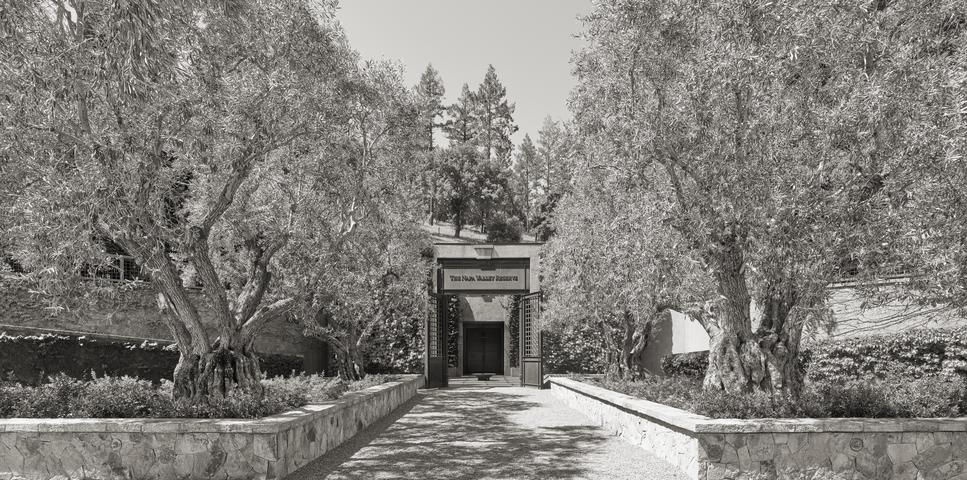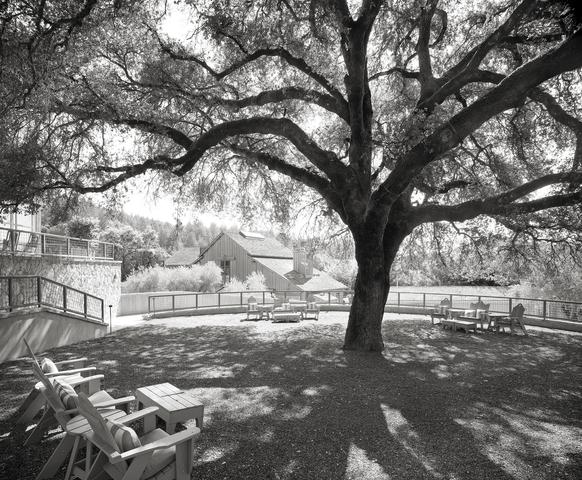The Napa Valley Reserve stands at the intersection of the science and art of agriculture. Its Members may be as involved as they choose in all aspects of the viticultural process. Membership is by invitation only.
Part of an historic rancho dating back to the days before California became a state, The Napa Valley Reserve embraces a way of life inspired by farming and connected—through love and respect for the land—to the ebb and flow of the seasons. This layering of past, present, and future makes The Napa Valley Reserve a singular setting for contemplation, learning, restful reflection, and celebration.
Part of an historic rancho dating back to the days before California became a state, The Napa Valley Reserve embraces a way of life inspired by farming and connected—through love and respect for the land—to the ebb and flow of the seasons. This layering of past, present, and future makes The Napa Valley Reserve a singular setting for contemplation, learning, restful reflection, and celebration.





